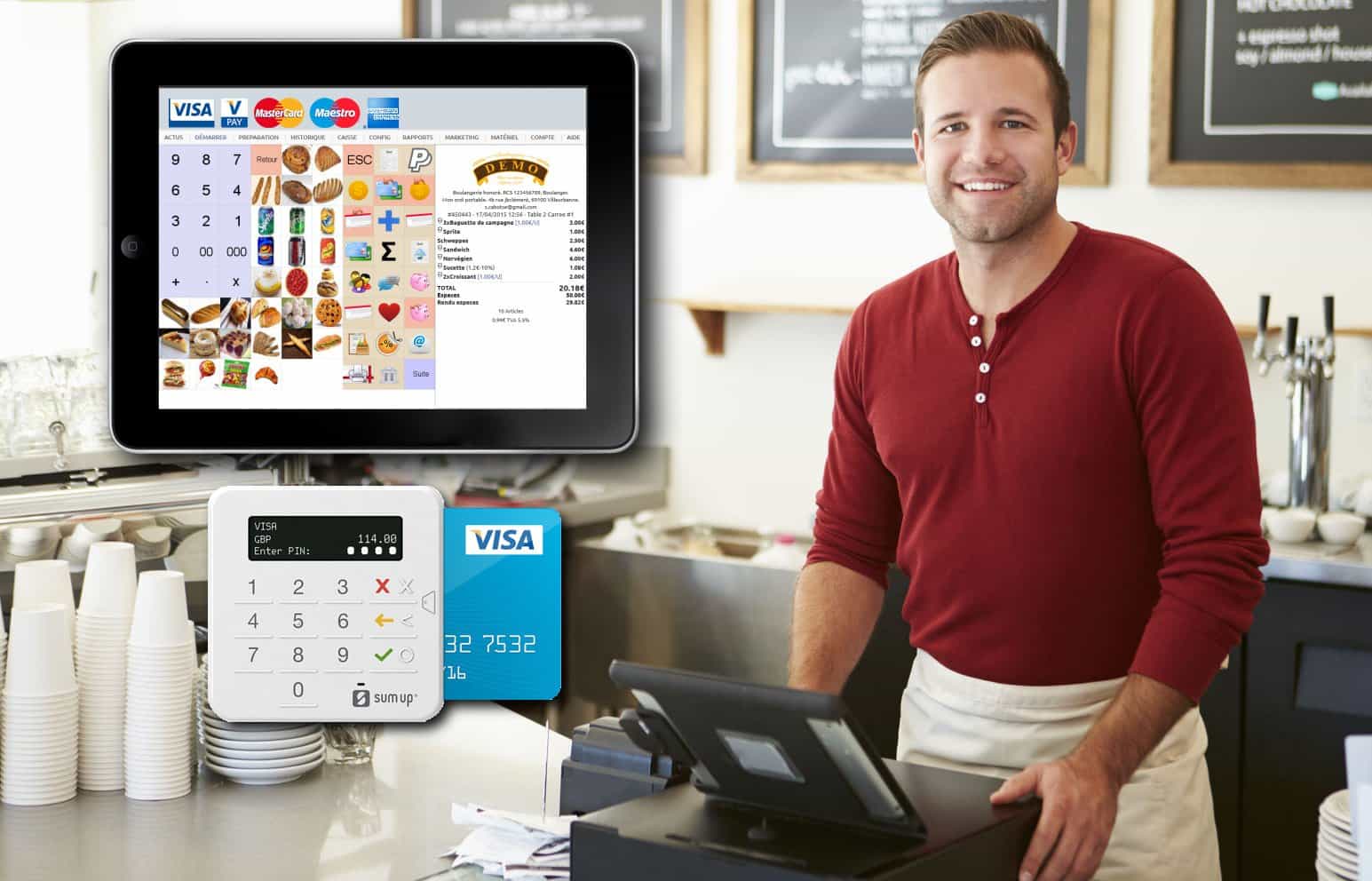Merging Inventory Control to Your Business' POS System

Within the current fast-paced commercial landscape, having an efficient point of sale (POS) system is more crucial than ever. Businesses of various sizes are realizing that integrating inventory management with a contemporary POS system can not only streamline operations but also improve the overall customer experience. With the appropriate setup, you can monitor your stock in real time, reduce mistakes, and make informed decisions that drive profitability. Whether you run a restaurant, a shop, or an online store, understanding how to utilize your POS system with stock management can lead to significant growth and improved efficiency.
But, what exactly is a POS system? At its core, it is the technology that enables businesses to carry out sales transactions. Restaurant Point of Sales said, it has evolved considerably from traditional cash registers to advanced cloud-based solutions that offer a variety of features. In this exploration of the merging of inventory management within POS systems, we'll look at the advantages, key features to consider, and how this collaboration can revolutionize your business. Ranging from enhancing employee productivity to ensuring that you never run out of stock, the potential for improvement is immense. Come along as we explore this essential topic for modern businesses.
Understanding POS Solutions
A Point of Sale solution is a mix of hardware and applications that allows businesses to complete sales deals effectively. At its core, a Point of Sale system processes sales, whether it be in a retail setting, a restaurant, or an e-commerce environment. The hardware typically includes a cash register, a touchscreen monitor, barcode scanners, and payment processing devices, while the program manages stock, sales reporting, and customer relationship data. Comprehending these elements is essential for businesses looking to optimize operations and enhance customer engagement.
Contemporary Point of Sale solutions have evolved significantly from traditional cash registers, providing a multitude of capabilities aimed at improving business efficiency. They now connect effortlessly with inventory management solutions, enabling businesses to monitor stock levels in real time. This connection not only assists in guaranteeing that popular items are always available but also helps in spotting low-demand inventory, allowing smarter buying decisions. The transition to cloud computing solutions has further improved flexibility, enabling businesses to oversee their operations from anywhere.
Selecting the right Point of Sale solution is essential for businesses of all types. With numerous options available, it's crucial to assess which capabilities match with your specific needs. For instance, dining establishments may require particular features like table management and split checks, while retail stores might prioritize inventory tracking and sales analytics. Grasping how a POS solution can fit into your business model is the first step toward integration, guaranteeing that it eventually supports and boosts your overall efficiency and customer satisfaction.
Benefits of Integrating Point of Sale with Inventory Management
Integrating your payment processing system with inventory control provides real-time visibility into inventory levels, allowing businesses to make intelligent purchasing decisions. This seamless connection helps eliminate the uncertainty associated with inventory counts and makes it easier to identify trends in sales. As https://anotepad.com/notes/knrdspjd , companies can minimize overstock and inventory shortages, reducing waste and improving customer satisfaction.
Another significant advantage is the streamlined operations that come from having synchronized data. With unified systems, manual data entry is reduced, which not only saves time but also minimizes the risk of mistakes. This efficiency allows staff to focus on more critical tasks, enhancing overall output. Additionally, access to accurate inventory data at the register facilitates quicker transactions and improves the customer experience.

Finally, having combined analytics from both the point of sale and stock management systems equips entrepreneurs with valuable insights into customer buying behavior and stock turnover. This data can be leveraged to enhance pricing strategies, execute promotions, and enhance overall inventory management. Ultimately, this integration supports better decision-making, contributing to improved financial performance and long-term business growth.
Securing Protection and Adherence in Point of Sale Systems
The protection of a point of sale system is paramount, given the confidential nature of the monetary information it handles. Businesses must adopt rigorous safeguards to defend against cyber threats that can compromise client information and eventually damage their standing. Encrypting transaction data and making sure that all applications is regularly maintained are vital actions. With constant updates in technology, having a robust strategy for upholding the system's protection is essential to repel potential attacks.
Adherence with industry standards such as PCI compliance is an additional important factor of point of sale security. Companies must ensure their systems are compliant to protect credit card information and prevent hefty penalties. Regular audits and assessments help businesses determine if their point of sale systems satisfy required compliance criteria, permitting any needed modifications to be made. Ensuring compliance not only safeguards the business but also fosters trust with customers, who want to know their data is protected.
Educating staff on protective measures and offering continuous education is essential in creating a safety-focused culture within the organization. Personnel should be informed about potential danger, such as fraud attempts and other tactics hackers might use to gain unauthorized access. Equipping employees with the understanding and resources to identify threats can considerably increase the overall security of the point of sale system, guaranteeing that both the organization and its clients remain safe.
